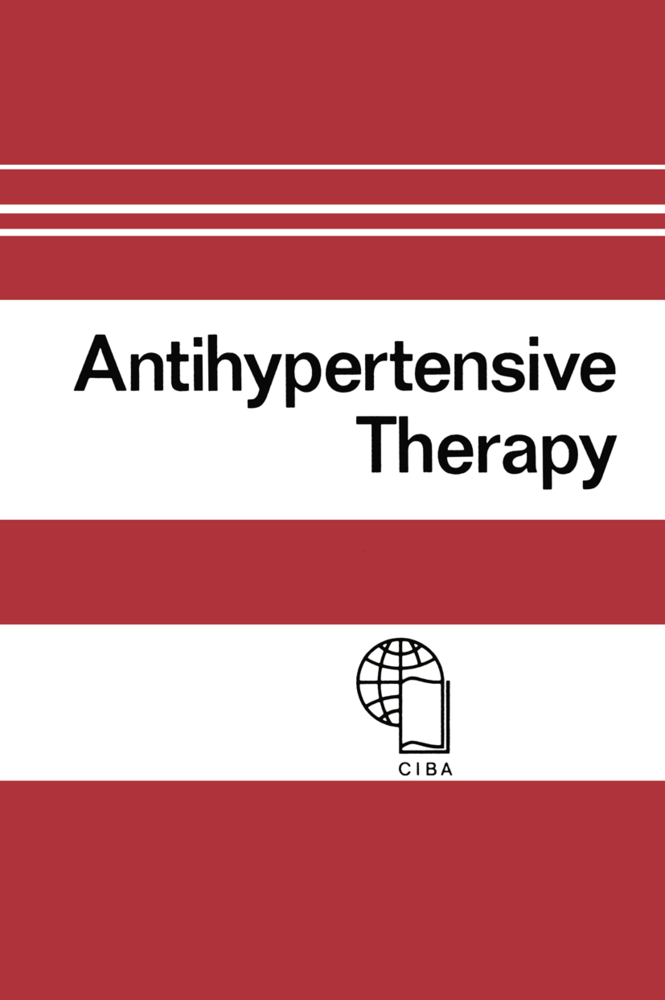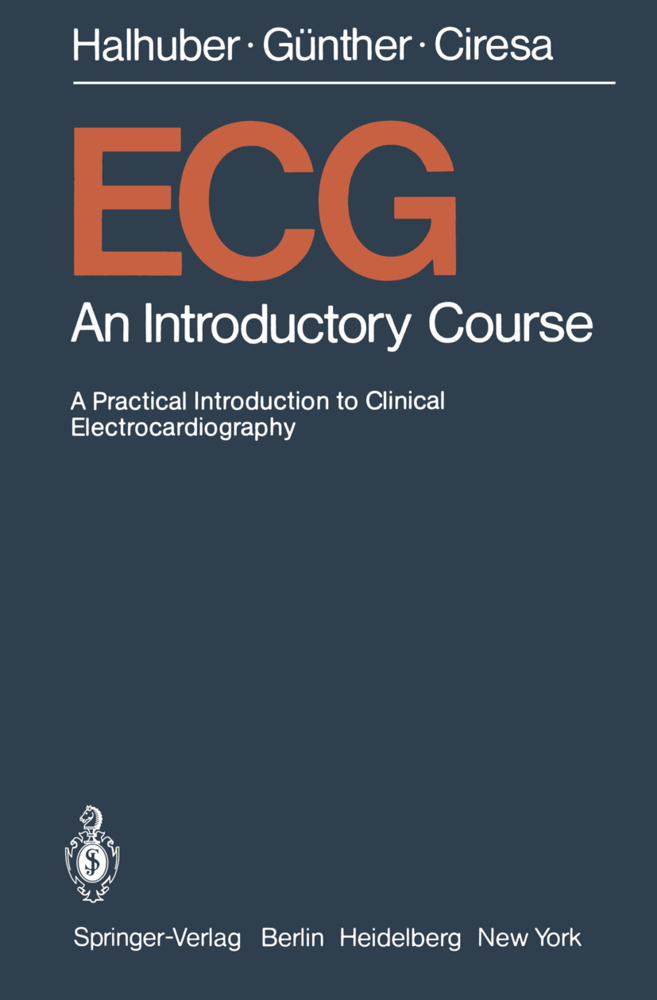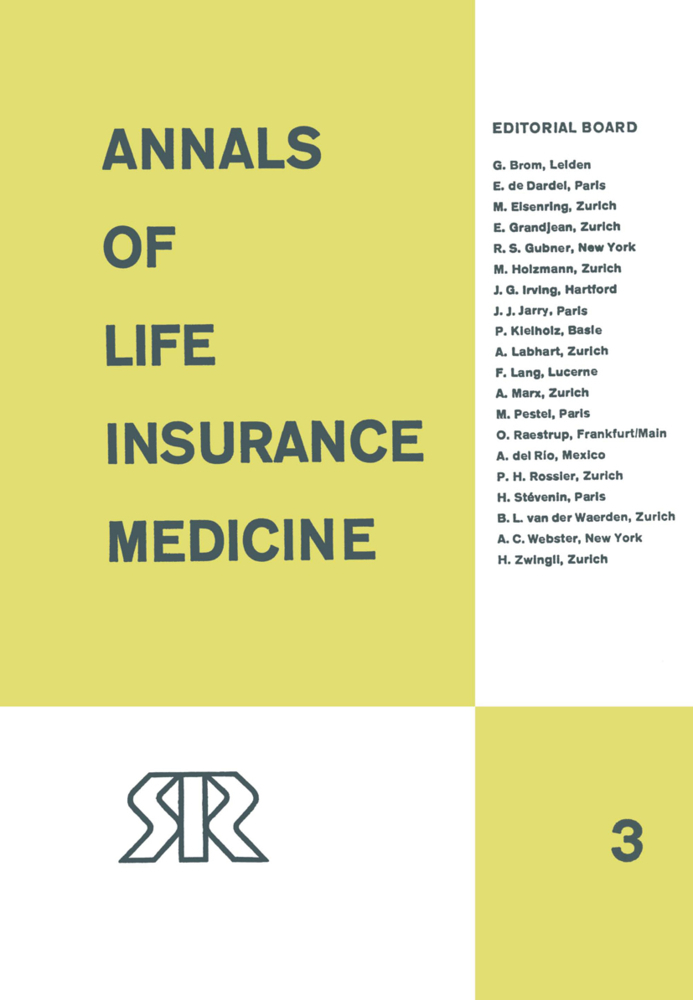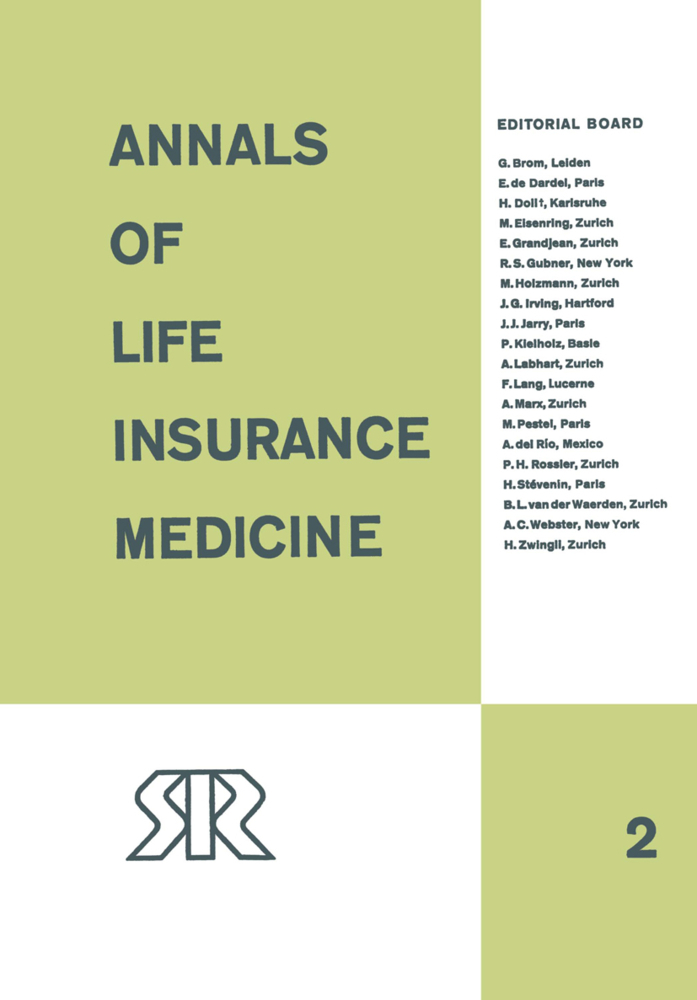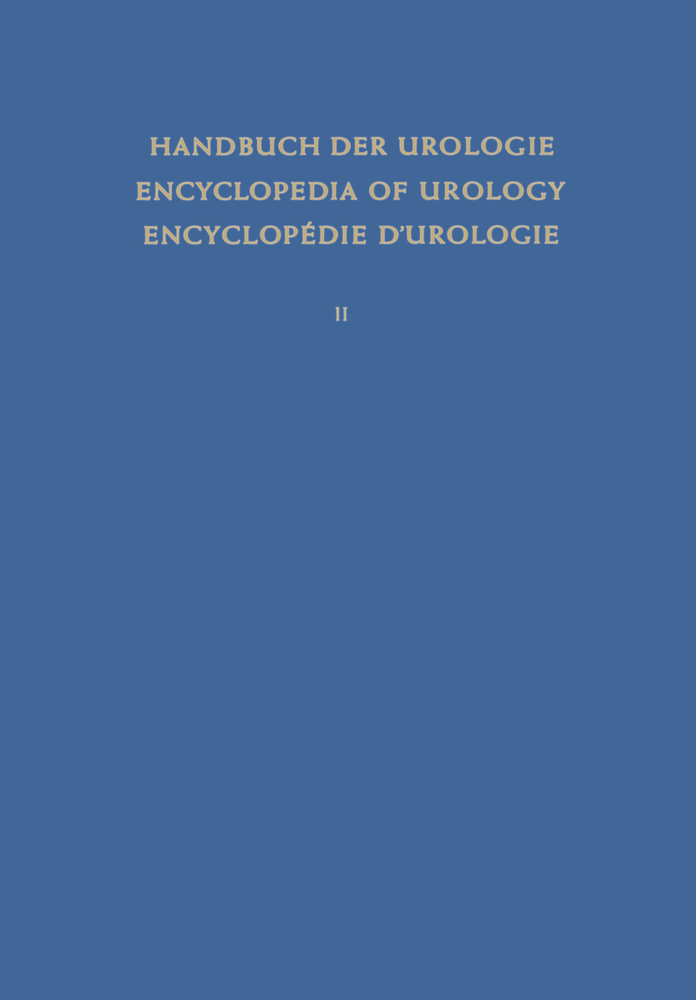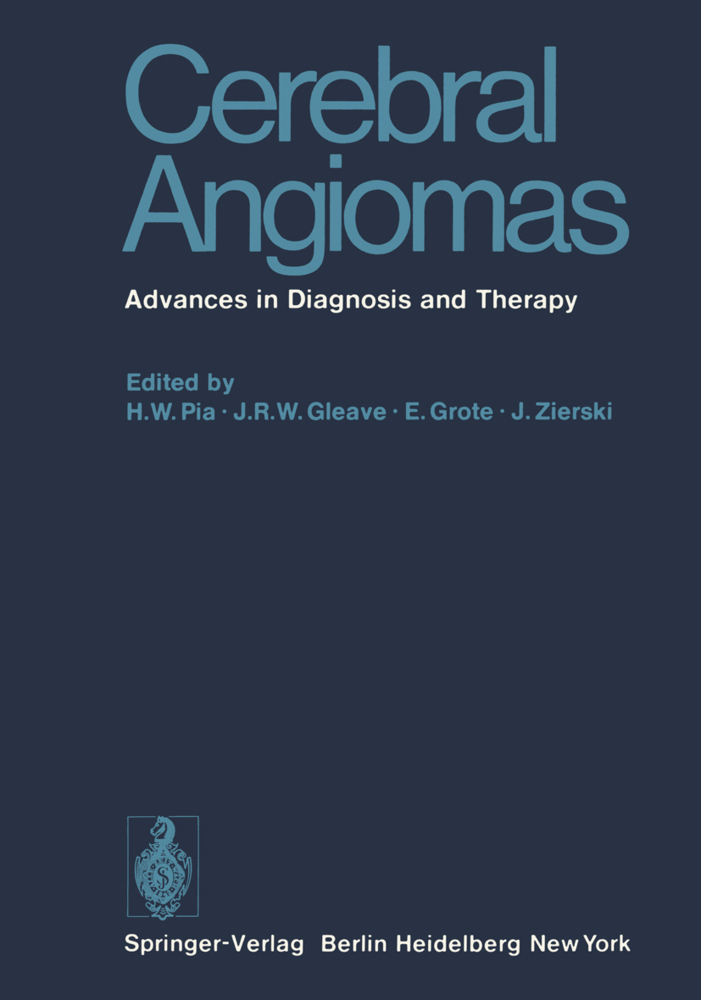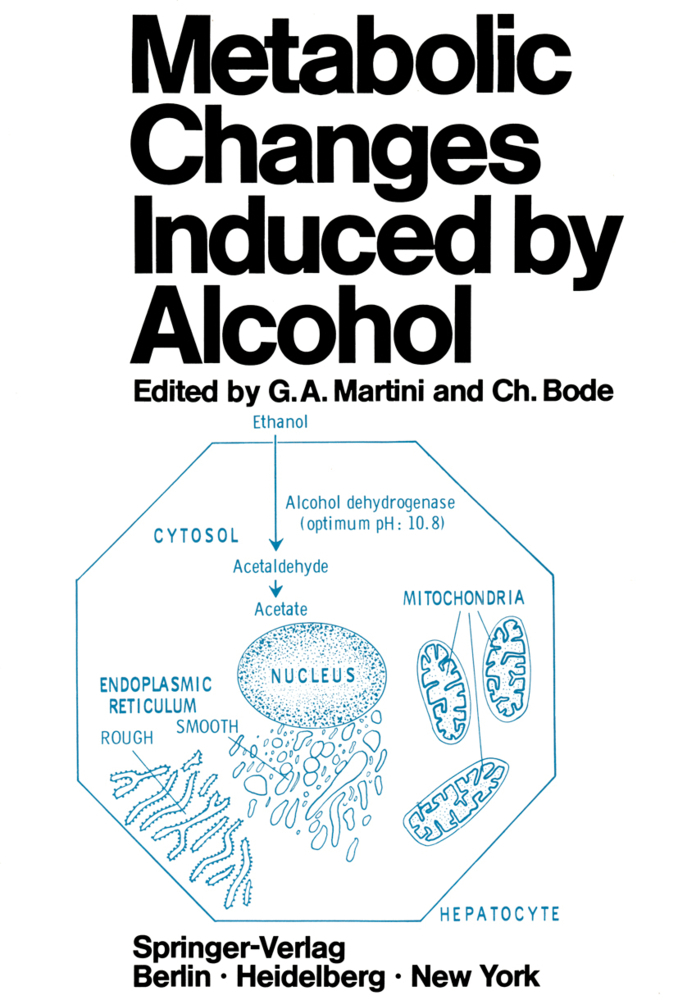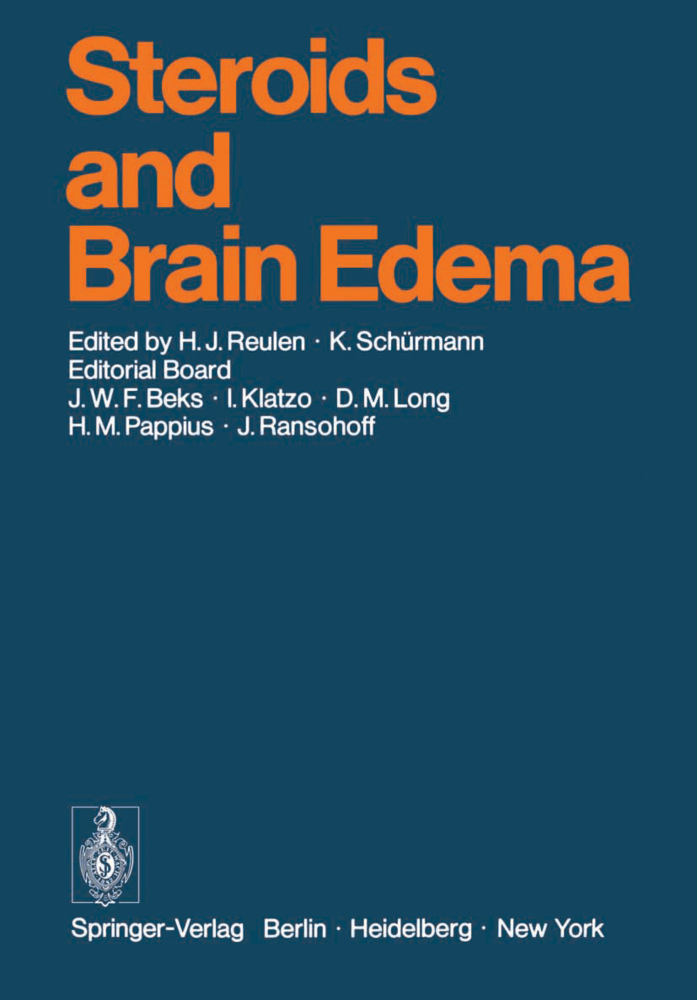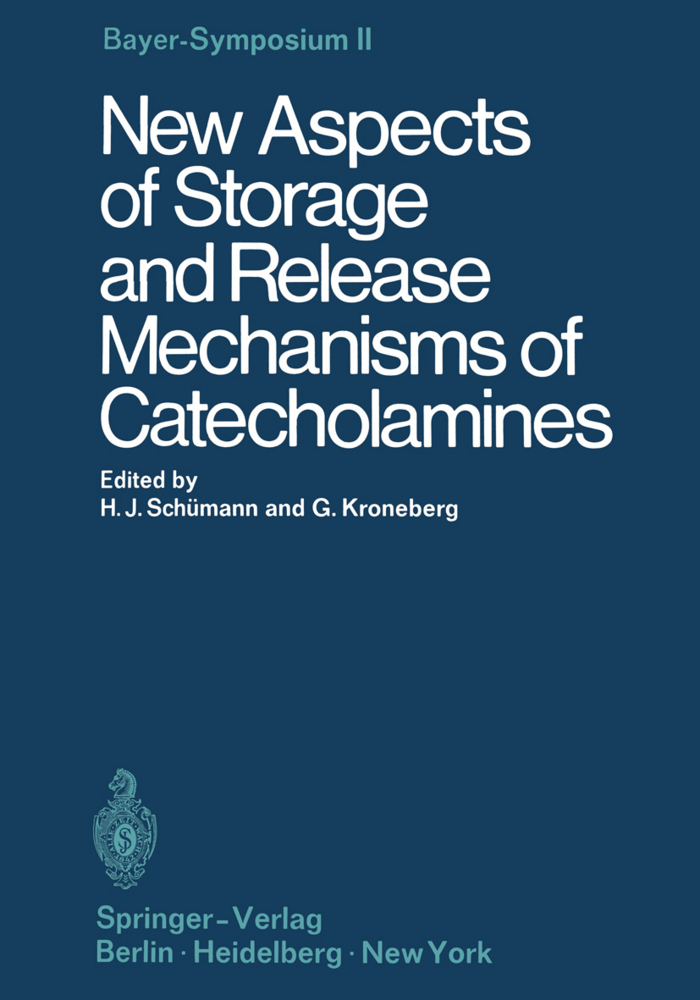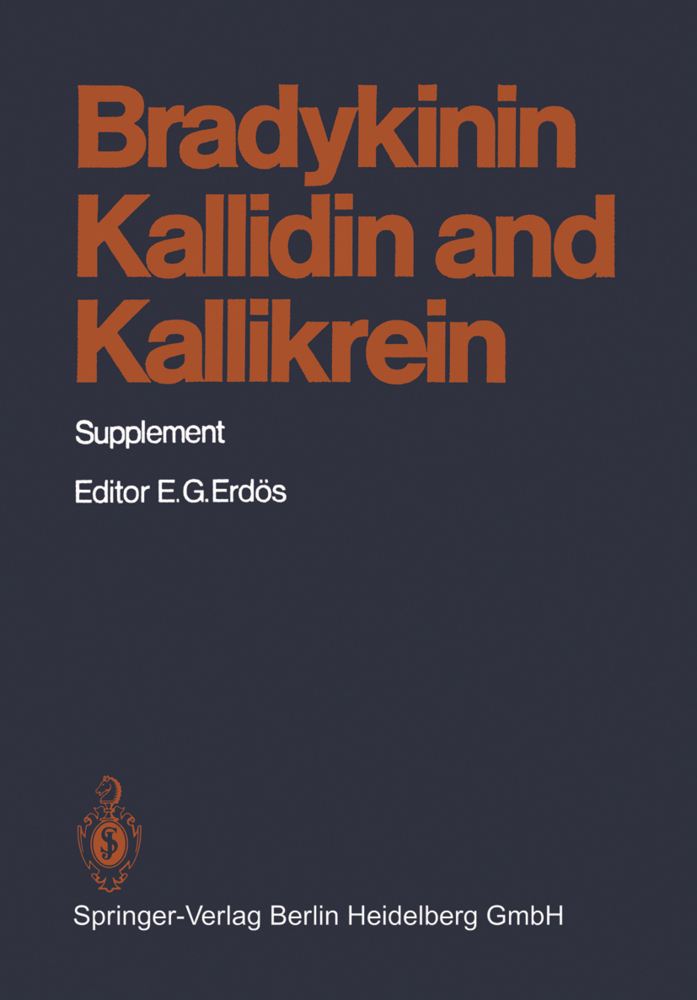Antihypertensive Therapy
Principles and Practice An International Symposium
Antihypertensive Therapy
Principles and Practice An International Symposium
Hypertension has certainly been one of the topics most fre quently discussed at symposia, meetings, and congresses during recent years. There may be several reasons for this; three of them are obvious: firstly, the fact that a large proportion of the world's population is suffering from various forms of hypertensive disease; secondly, increasing knowledge of the pathogenesis of hypertension and of the disturbances underlying it; and, thirdly, the marked progress which has been made in antihypertensive therapy over the past fifteen years. When plans for the present symposium were being drawn up, it was felt that it should not simply bring forth just another meeting on hypertension, but should place particular emphasis on those aspects which had not been adequately discussed at previous symposia of this kind. Curiously enough, the topic which appeared to have received least attention in the past was therapy, although from the practical point of view this is by far the most important. The choice of therapy as the main theme of the whole symposium also seemed to be warranted in view of the relatively long period that had elapsed since effective antihyper tensive treatment became available; the time had in fact come now to pass judgement on the benefits as well as the shortcomings of drug treatment as available today.
Pharmacology of the sympathetic nervous system
Mode of action of antihypertensive drugs
Pharmacology of diuretics
Functional, biochemical, and morphological changes produced by hypotensive drugs
Influence of sleep on circulation in normal and hypertensive animals
Hypertension and vascular disease
Experimental atherosclerosis and hypertension
The vascular crisis in hypertension
Vascular disease and hypertension
Retinal vascular alterations in hypertension
The heart and hypertension
General principles in antihypertensive treatment
Assessment of antihypertensive therapy
Selection of patients for antihypertensive therapy
Methodology of blood-pressure recording
Spontaneous blood-pressure variations in hypertension; the effect of antihypertensive therapy and correlations with the incidence of complications
Effect of a simple therapeutic regimen on blood pressure and its variability in mild hypertension
Clinical pharmacology and short-term treatment
Haemodynamic analysis of some principles applied in the treatment of arterial hypertension
Some biochemical aspects of treatment and diagnosis of hypertension
Advantages and disadvantages of combined drug treatment
Management of hypertensive crisis
Hypertension in pregnancy and its treatment
Long-term treatment
Organization of a long-term multiclinic therapeutic trial in hypertension
Prognosis in retinal Grade I and II patients
Analysis of mortality and survival in actively treated hypertensive disease
The present status of symptomatic surgical treatment for arterial hypertension
Potassium loss and potassium replacement during long-term diuretic treatment in hypertension
Disturbances in carbohydrate and uric-acid metabolism during diuretic treatment
Comparison of long-term effects of saluretics and of anabolic steroids on renal functions
Diagnosis and treatment of renovascular and other forms of renal hypertension
Diagnosis of renal artery stenosis
The diagnostic value of renal biopsy in renovascular and other forms of renal hypertension
Diagnostic value of selective renal arteriography in hypertension
Diagnostic significance of humoral factors in renovascular hypertension
Conservative treatment of renovascular hypertension
Some observations on the filtration fraction, on the transport of sodium and water in the ischemic kidney, and on the prognostic importance of R.P.F. to the contralateral kidney in renovascular hypertension
Hypertension and nephritis
Drug treatment of hypertension
Closing remarks
List of authors.
Opening remarks
Experimental basis of antihypertensive treatmentPharmacology of the sympathetic nervous system
Mode of action of antihypertensive drugs
Pharmacology of diuretics
Functional, biochemical, and morphological changes produced by hypotensive drugs
Influence of sleep on circulation in normal and hypertensive animals
Hypertension and vascular disease
Experimental atherosclerosis and hypertension
The vascular crisis in hypertension
Vascular disease and hypertension
Retinal vascular alterations in hypertension
The heart and hypertension
General principles in antihypertensive treatment
Assessment of antihypertensive therapy
Selection of patients for antihypertensive therapy
Methodology of blood-pressure recording
Spontaneous blood-pressure variations in hypertension; the effect of antihypertensive therapy and correlations with the incidence of complications
Effect of a simple therapeutic regimen on blood pressure and its variability in mild hypertension
Clinical pharmacology and short-term treatment
Haemodynamic analysis of some principles applied in the treatment of arterial hypertension
Some biochemical aspects of treatment and diagnosis of hypertension
Advantages and disadvantages of combined drug treatment
Management of hypertensive crisis
Hypertension in pregnancy and its treatment
Long-term treatment
Organization of a long-term multiclinic therapeutic trial in hypertension
Prognosis in retinal Grade I and II patients
Analysis of mortality and survival in actively treated hypertensive disease
The present status of symptomatic surgical treatment for arterial hypertension
Potassium loss and potassium replacement during long-term diuretic treatment in hypertension
Disturbances in carbohydrate and uric-acid metabolism during diuretic treatment
Comparison of long-term effects of saluretics and of anabolic steroids on renal functions
Diagnosis and treatment of renovascular and other forms of renal hypertension
Diagnosis of renal artery stenosis
The diagnostic value of renal biopsy in renovascular and other forms of renal hypertension
Diagnostic value of selective renal arteriography in hypertension
Diagnostic significance of humoral factors in renovascular hypertension
Conservative treatment of renovascular hypertension
Some observations on the filtration fraction, on the transport of sodium and water in the ischemic kidney, and on the prognostic importance of R.P.F. to the contralateral kidney in renovascular hypertension
Hypertension and nephritis
Drug treatment of hypertension
Closing remarks
List of authors.
Gross, F.
| ISBN | 978-3-642-49456-7 |
|---|---|
| Medientyp | Buch |
| Copyrightjahr | 1966 |
| Verlag | Springer, Berlin |
| Umfang | XII, 634 Seiten |
| Sprache | Englisch |

